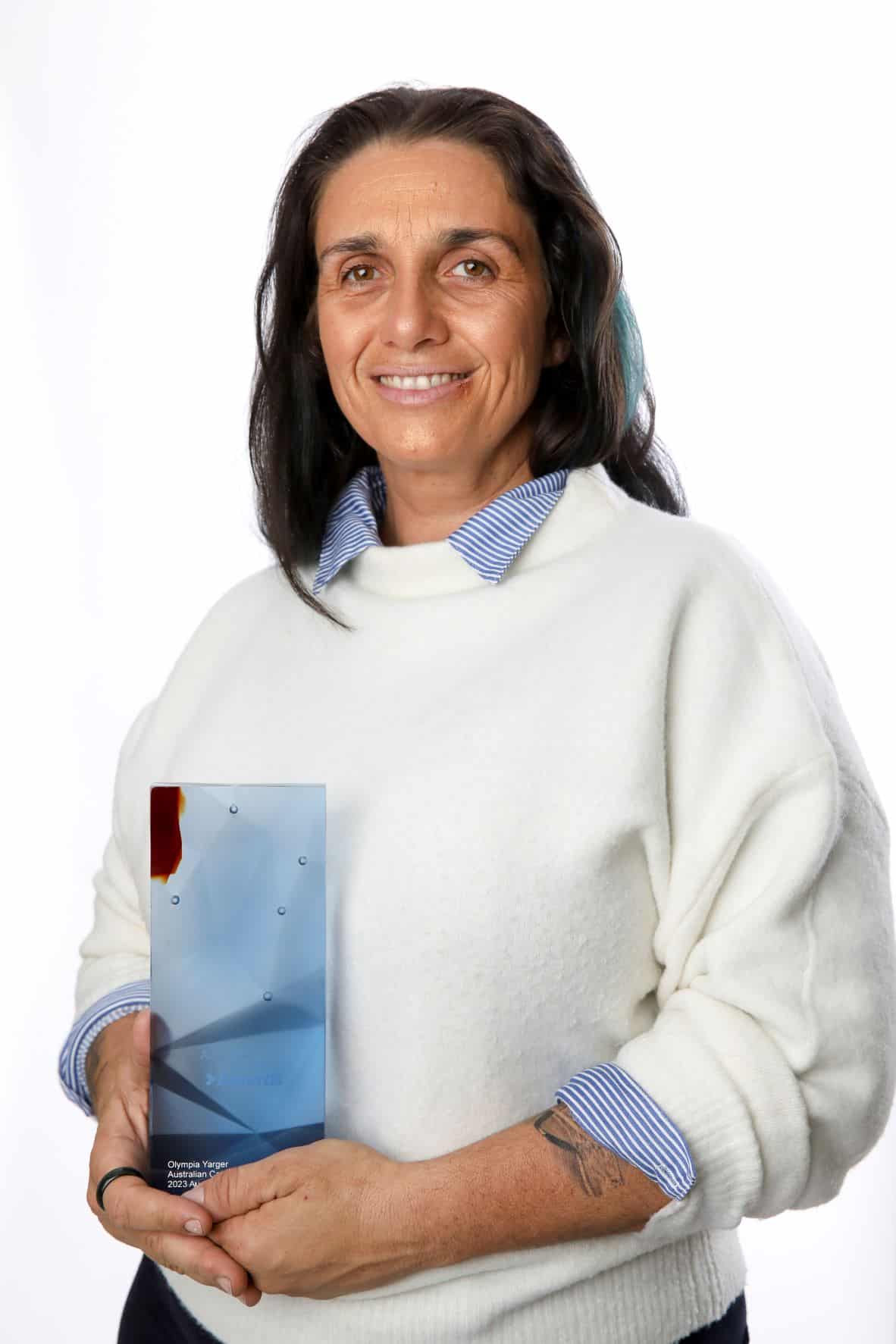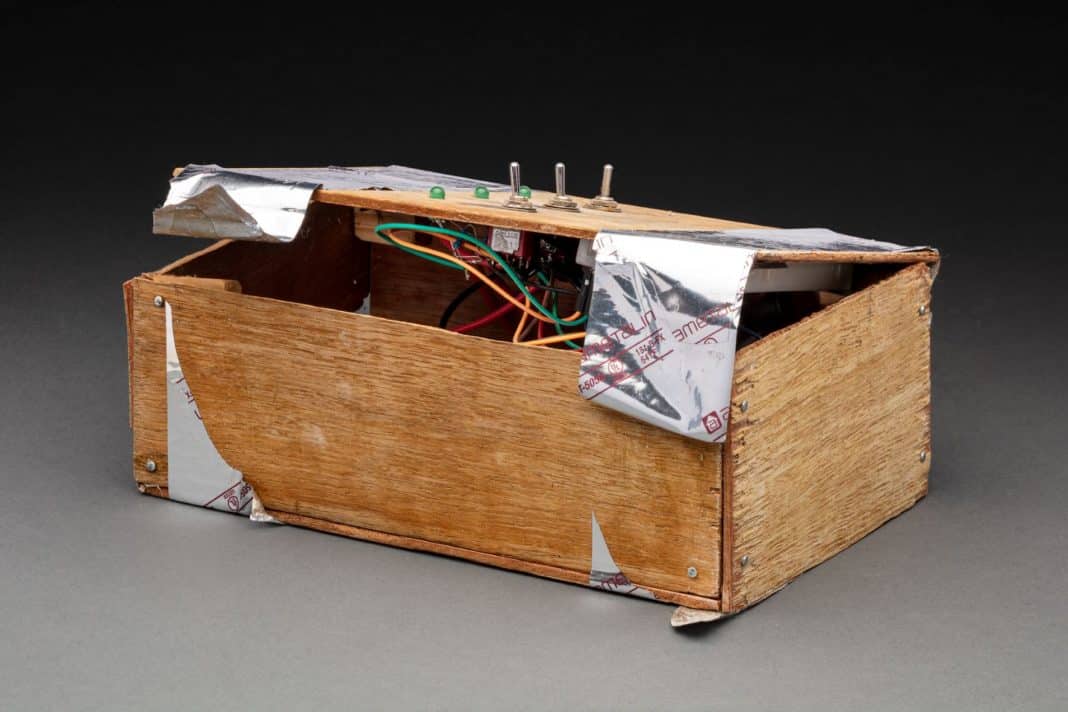If a picture is worth a thousand words, what can a deeply personal object tell you about someone? The newest exhibition at the National Museum of Australia (NMA) aims to connect visitors with those who make significant contributions to our country. Collaborating with the National Australia Day Council, the NMA is showcasing the 2023 Australian of the Year exhibition until 12 February before it heads off on a national tour.
The exhibition sees the six state and two territory recipients for Australian of the Year honours share an item that helps to tell their story. The stories being told take us on journeys of self-love and body acceptance, the fight for human rights, educates us on one of the world’s oldest living cultures, and much more.
The eight objects in the exhibition include: a shirt from the humanitarian campaign #SaveHakeem, led by former Socceroos captain and NSW Australian of the Year, Craig Foster AM; a family heirloom in a medal awarded to Dr George Aoun from his home country, Lebanon, in recognition of his services to medicine; and WA’s recipient, Professor Samar Aoun, who is also making significant contributions to the field of medicine.

Local recipient, Olympia Yarger was awarded ACT Australian of the Year for sustainability through her work in insect farming. Starting her own business, Goterra, Ms Yarger has made massive strides in rearing insects on food waste to be used for animal feed, while also helping to reduce greenhouse gas emissions.
“We are always going to have some food waste that cannot be upcycled firsthand and needs to be processed, which is true with most recycling,” Ms Yarger says.
The item that helps tell her story is the first prototype for the ‘Maggot Robot’ control panel, a Modular Infrastructure for Biological Services powered by robots. The Maggot Robot, or maggot hotel as Yarger refers to it, helps reduce the impact of food waste while also feeding the insects that have been seeded inside to fatten them up before they are sent to be used as feed, mainly for aquaculture and poultry farming.
“The waste from the dump truck where the unit is placed is processed and treated and put into a hopper and the insects are fed the waste every day. They poop out the food waste, which is fertilizer, and then the maggots are used for protein,” she explains.
Starting as a small shelf, the maggot robots have grown to 20-foot shipping containers with 11 or 12 sprinkled around the country – two in Sydney, one in Melbourne and Albury, and the rest in Canberra. Ms Yarger says Australians make a lot of food waste, but it is in small piles. As these piles are spread so far apart, it would be more sustainable for a unit like a maggot robot to be delivered rather than sending a truck to collect it or setting up large infrastructure to sort it.
“We can send a maggot robot to a town of 25,000 people to manage that food waste, to do this job wherever the customer needs, in the way the customer needs it,” she says.
Ms Yarger hopes that one day the protein will also be viable for human consumption. Her favourite insect to snack on is the mill worm, which she says taste like a mix between a cashew and a prawn cracker.
“We are more focused on managing the food waste, so at the moment it is only for livestock feed and industrial usage, but definitely insects are delicious,” she says.
In addition to the works chosen by the 2023 state and territory recipients, 2010 Australia’s Local Hero, Ronnie Kahn, founder of OzHarvest, has created a piece to celebrate the 20th anniversary of the category. Order of the Teaspoon 2022 takes its name from the parable by Amos Oz and tells how small contributions, when combined, can create a huge impact.
The 2023 Australian of the Year exhibition continues at the National Museum of Australia until 12 February; nma.gov.au
Get the latest Canberra news, sport, entertainment, lifestyle, competitions and more delivered straight to your inbox with the Canberra Daily Newsletter. Sign up here.



